
In traditional Japanese kimono fashion, one of the essential items when wearing a kimono is the “Date-jime”.
Although it seems simple at first glance, we will explain its role and necessity, and consider whether it is okay to do without it or whether it can be replaced with a waist strap.
What is Datejime? The role of date tightening
band stability: Date-jime is an essential item for firmly fixing the obi when wearing a kimono. If the obi is stable and does not shift, this is the key to maintaining the beautiful form of the entire kimono.
Maintaining beautiful form: The beauty of a kimono largely depends on its silhouette and neat lines. By firmly holding the obi, there is no need to worry about the obi slipping, and the overall balance of the kimono is maintained. This allows the kimono to maintain its beautiful and well-formed form, giving it an elegant look.
Support during walking and movement: When wearing a kimono, the obi may become loose due to walking, sitting, or standing. If Datejime firmly stabilizes the obi, it will be difficult for the obi to shift during these movements. You can move comfortably and confidently without having to worry about adjusting the belt every time you walk.
Function as a fastener for obi: Date-jime also functions as a fastener (obidome) used to fasten an obi. Obi-dome serves to decorate the obi beautifully and at the same time to securely secure the obi. Its function as a date-jime fastener stabilizes the position of the obi and enhances your outfit.
All 20 colors! Japanese half-width obi, plain, reversible, 20 colors, stylish yukata obi[Dedicated page for shipping outside of Japan]
Width: Approx. 16.5-17.5cm Length: Approx. 3.8-4m polye…
Types of date tightening and how to choose them
Differences in design and materials:
1. Type of design: There are various designs for Datejime, each giving a different impression. There is a wide variety of styles, from traditional designs and patterns to simple, modern styles. Depending on the design, you can change the atmosphere of the kimono and enjoy styling it to suit specific events or scenes.
2. Difference in material: 伊達締めの素材も多岐にわたります。絹、ポリエステル、金属素材などが一般的に使用されます。素材によって質感や光沢が異なり、着物により良く調和する素材を選ぶことが大切です。また、季節や場面によっても素材の選択が変わるため、使い分けることで着物ファッションをより楽しむことができます。
3. Choose according to your style and kimono: It is important to choose a Datejime that matches your individual style and kimono design. Kimonos with flashy patterns and colors go well with the modestly designed Date-jime, while on the other hand, the gorgeously designed Date-jime looks great as an accent on a simple kimono. The key to fashionable dressing is to coordinate your outfit in a well-balanced manner while considering the harmony of the entire ensemble.
4. As a fashion accent: Date tightening is not only an item, but also functions as a fashion accent. Adding a unique finishing touch to a simple kimono instantly makes it more fashionable. By being sensitive to personal tastes and trends and choosing a date-style kimono, you can make your kimono fashion more unique and attractive.
Kimono dressing without using Date-jime
Is it a required item?:
1. Possibility of wearing kimono without making it too late: It is possible to wear a kimono properly even without a date tightening. In recent years, people are experimenting with arrangements and new styles of kimono, without being bound by traditional styles. There are other methods and styles for fixing the obi without using date-jime.
2. Differences depending on the type of kimono: The necessity of date tightening also changes depending on the type and design of the kimono. For some simple kimonos and casual styles, it is possible to wear them beautifully without using date-jime. However, for formal formal wear or special events, date tightening is an important element.
3. Points to note and characteristics:
- Be careful of the slippage of the belt: If there is no date tightening, you need to be careful about the slippage of the obi. The belt may become loose, especially when you are walking or in situations where there is a lot of movement.
- Attractive simple design: The simple and clean design of the kimono, which does not have any imitation, stands out. You can create a stylish impression by adding accents by adjusting the obi clasp and obi lift.
4. Kimono options that don’t have to be done on time:
- Use of waist strap: If there is no Date-jime, it is common to use a waist cord. The waist strap securely secures the obi and provides stability. However, you need to be careful about how you use and choose the waist strap.
5. Match the atmosphere and occasion of the kimono: When choosing a kimono that does not have a date tightening, pay attention to the atmosphere of the kimono and the occasion in which it will be worn. From casual everyday kimono styles to formal events, it is important to keep in mind the styling that matches the characteristics of the kimono.
How to use a waist strap instead
Waist straps as an alternative:
1. Basic usage of waist straps: If a Date-jime is not available, it is common to use a waist cord instead. The waist strap securely secures the obi and provides stability. It is important to understand the basic usage and tying of waist straps. Before wrapping the obi, first tie the waist cord correctly to improve the stability of the entire kimono.
2. Points and precautions when wearing kimono:
- Selecting the appropriate length: The length of the waist cord varies depending on the individual body shape and the design of the kimono. By choosing the appropriate length, you can ensure the stability of the obi.
- tie tightly: The key is to tie the waist strap tightly over the obi. Be careful not to tie it too loosely as it will make it less stable.
3. Experiences when actually wearing it: Some kimono enthusiasts use waist cords instead of date-jime. Some of them are of the opinion that the waist strap provides sufficient stability and allows them to enjoy the kimono comfortably. Waist straps are sometimes preferred, especially for casual everyday kimono styles and during the cool summer months.
4. Waist strap arrangement and design: Waist straps are also available in richly designed designs, and can be enjoyed as accents. By being creative with the fasteners and knots, you can create a fashionable point. From simple waist straps to gorgeous ones, finding a waist strap that suits your style will expand the range of ways you can arrange your kimono.
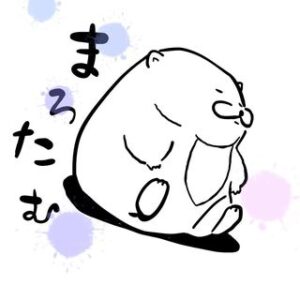
There are many types and colors of Datejime!
-
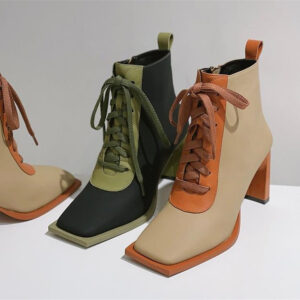 マーチャンダイズ レースアップ スクエアトゥ 太いヒール ショートブーツ 2色¥6,120
マーチャンダイズ レースアップ スクエアトゥ 太いヒール ショートブーツ 2色¥6,120 -
 スーツ カジュアル レディース 上下セット オフィススーツ 全3色¥5,999
スーツ カジュアル レディース 上下セット オフィススーツ 全3色¥5,999 -
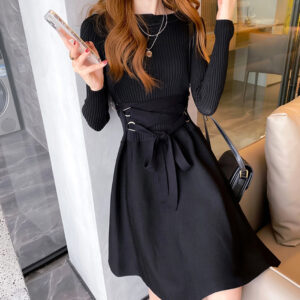 フレアミニワンピース リブニット クルーネック Aライン 黒¥4,990
フレアミニワンピース リブニット クルーネック Aライン 黒¥4,990 -
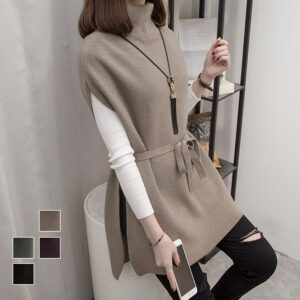 ニットプルオーバー ベスト チュニック ノースリーブ 韓国風 4色¥3,999
ニットプルオーバー ベスト チュニック ノースリーブ 韓国風 4色¥3,999 -
 細見えデニムパンツ ハイウエスト デニムスキニー ロングスリムパンツ 2色¥6,207
細見えデニムパンツ ハイウエスト デニムスキニー ロングスリムパンツ 2色¥6,207 -
 グレンチェックジャケット トップス オフィスカジュアル コート¥6,208
グレンチェックジャケット トップス オフィスカジュアル コート¥6,208 -
 大人可愛いカシュクールニット リブワンピース インナーワンピにも! 8色¥4,872
大人可愛いカシュクールニット リブワンピース インナーワンピにも! 8色¥4,872 -
 ツイード風 Aラインスカート ショート丈 韓国ミニスカート美脚¥4,255
ツイード風 Aラインスカート ショート丈 韓国ミニスカート美脚¥4,255 -
 ロゴトレーナー 韓国風Tシャツ 体系カバービッグシルエット ワンサイズ 3色¥2,920
ロゴトレーナー 韓国風Tシャツ 体系カバービッグシルエット ワンサイズ 3色¥2,920

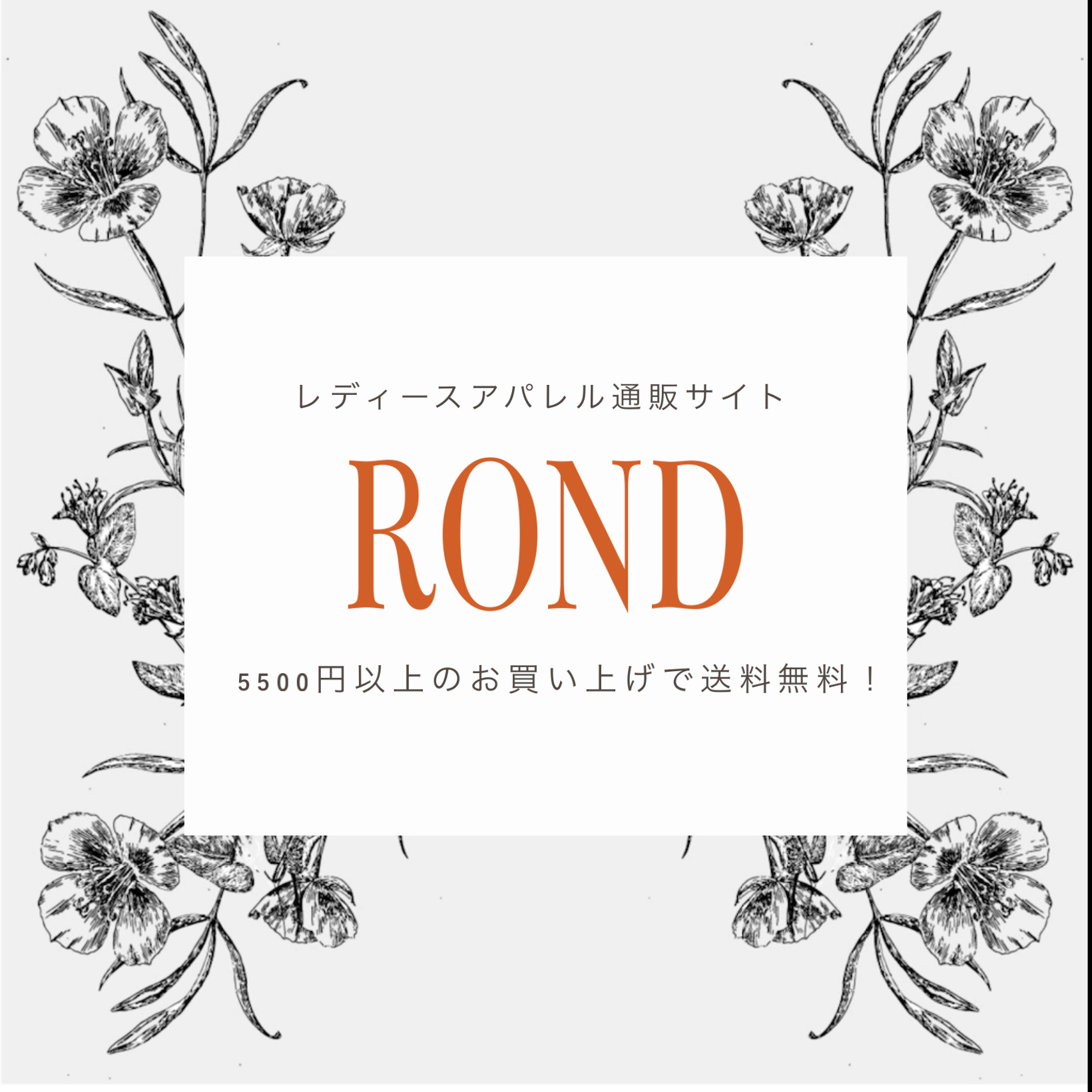
![yukataobi-1 All 20 colors! Japanese half-width obi, plain, reversible, 20 colors, stylish yukata obi[Dedicated page for shipping outside of Japan]](https://rond100.com/wp-content/uploads/2024/01/yukataobi-1-600x601.jpg)